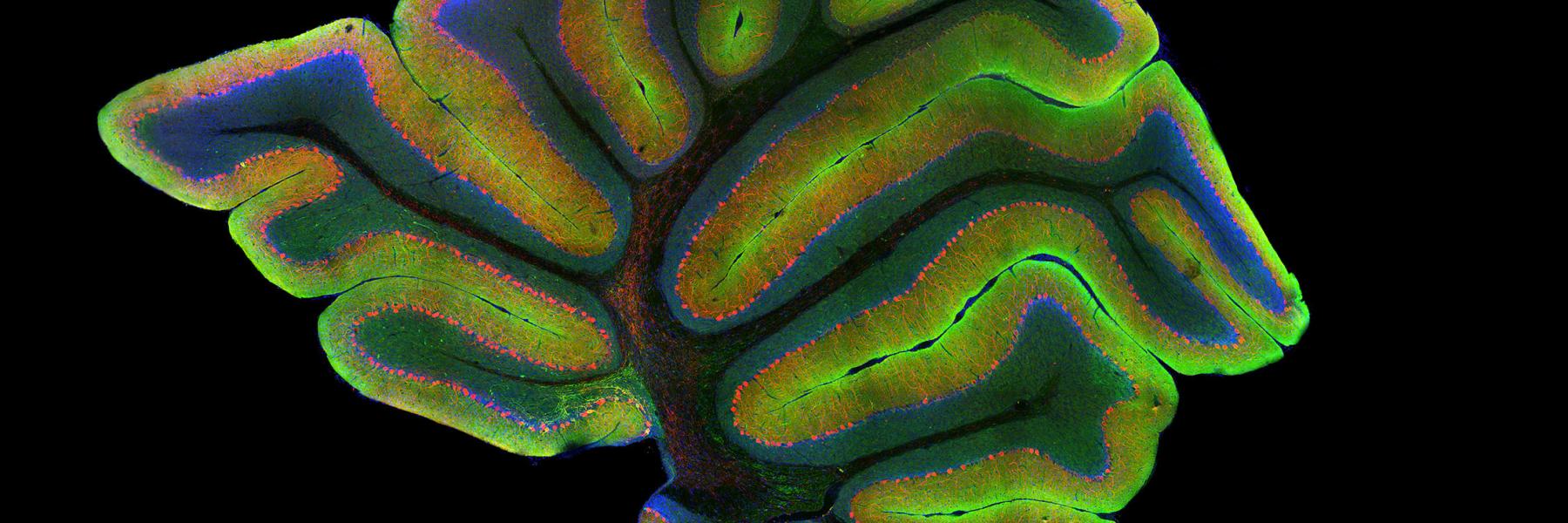The focus is on the protein Tau and its misfolding under conditions that lead to neurodegenerative diseases. The focus is on the transition of Tau from a normal microtubule-associated protein to a pathological aggregate. Under study are its intermediate stages during Tau spread and its state as a molecular condensate. The use of intelligently designed peptide binders to prevent Tau aggregation and induce disaggregation are areas of active investigation. Tau co-pathology includes TDP-43 addressed in recently launched projects.
Affiliated Researchers
Collaborators
- Songi Han (Northwestern)
- Nathan Gianneschi (Northwestern)
- Yang Yang (Van Andel Institute)
- Scott Shell (UCSB)
- Joan Shea (UCSB)
